#church and wellesley village
Explore tagged Tumblr posts
Text




















The rainbow flag representing gay pride was flown for the first time during the San Francisco Gay Freedom Day Parade on June 25, 1968.
#Davie Village#Vancouver#British Columbia#summer 2023#Whitehorse#Yukon#Capafonts#Pink Street#travel#vacation#original photography#cityscape#architecture#Lisbon#Portugal#tourist attraction#landmark#Rua Nova do Carvalho#Miami Beach#Ocean Drive#USA#Church and Wellesley#Toronto#Canada#Ontario#rainbow flag#San Francisco Gay Freedom Day Parade#25 June 1968#anniversary#US history
4 notes
·
View notes
Text












I finally got around to processing all the photos I took at the Halloween street bash down in the Village in Toronto. Man, it was wall to wall people coming at you from all four directions. You had to work quickly if you wanted a decent photo. If they'd had floats I would of thought I was at Mardi Gras. It was a lot of people out for a night of fun.
0 notes
Text
youtube
The Rise & Fall of Canada's Largest Pride Event in Toronto | 2024
The annual Toronto Pride Parade took over the city on Sunday (30th June 2024) afternoon, marking the end of a month of events celebrating the vibrant 2SLGBTQI+ community.
However, the parade, billed as Canada’s largest, was suddenly stopped mid-route by a protest and then officially cancelled. This Pride event was supposed to end at Nathan Phillips Square but ended earlier due to Pro-Palestinian protesters.
These protesters presented demands to Pride Toronto, including cutting corporate sponsorships. In a statement, Pride Toronto said it respected the right to protest but decided to cancel the rest of the parade to ensure public safety.
#uglyandtraveling#travel vlog#travel blogger#travel channel#ugly & traveling#travel around the world#travel backpack#traveling vlog#travel#ugly and traveling#Ugly And Traveling#toronto#pakistani in toronto#pakistani in canada#indian in canada#church street toronto#the village toronto#toronto pride#toronto pride parade 2024#toronto pride 2024#toronto lgbtq parade#toronto pride month#toronto walking tour#toronto walking tour 4k#pride month 2024#Toronto wellesley#toronto vlog#canada vlog#pride toronto#trans march
0 notes
Text

In downtown Toronto, there is a not so gentlemanly gentlemen’s club for gay men and for the most part women aren’t welcome. Now there’s nothing wrong with having a male only space but why can’t other groups of people have spaces too such as women and girls?
You see spaces like female washrooms, sports and clubs are continually invaded and disrespected while groups that are considered “marginalized” can have and maintain the exclusivity of their spaces.
#voteppc to protect female spaces
#flash#gay village#gay bar#gay#lgbtq community#lgbtqia#lgbt pride#lgbtqiia+#bisexuality#lgb drop the t#pride month#transgender#trans#gay rights#womens rights#queer history#queer joy#lgbt history#lgbtqplus#church-wellesley
1 note
·
View note
Text

Okay okay, so this wasn't a delivery person, but it was somebody scooting about grooving with headphones and no helmet, just vibing. They were hand dancing, yes, but sometimes the music do be that good. I've never ridden a scooter so I have no idea if you need both hands all the time or not. This was over in the Church Wellesley Village area, across the street from Storm Crow Manor! We were perusing some kinda outdoor queer market thing. It was cute and fine and sunny. Made them a rhino, because they just seemed wholly unconcerned about collisions >_<
195 notes
·
View notes
Text
Each year Canada welcomes thousands of refugees who have fled everything from war to political unrest. For some newcomers, they’ve come to the country for a different reason: to be able to live a life true to themselves.
The 519 is located in the Church-Wellesley Village, which is home to Toronto’s 2SLGBTQ+ communities. It serves as a hub for Queer people of all walks of life, offering a wide range of services. The community agency is hoping to highlight the supports available for 2SLGBTQ+ refugees.
Gloria Godwin claimed asylum in Canada in 2019. In her home country of Nigeria, she was faced with a distressing ultimatum: stay and be imprisoned, or leave and be free.
“It’s against the law to be an LGBTQ person in my country, and if you are caught, you’ll definitely go to jail for 14 years. It wasn’t safe for me and at the time I was caught,” Godwin said. [...]
Continue Reading.
Tagging: @politicsofcanada
73 notes
·
View notes
Text
The "Village Gateways"
On Church Street there are “village gateways” which indicate the boundaries of the Church-Wellesley Business Improvement Area (BIA). The markers consist of two 22-foot signposts with swirling rainbow blades. At night, lights inside the markers illuminate writing on the cube base, which reads: Church-Wellesley Village. Each of the two markers is accompanied by a colourful utility box depicting…

View On WordPress
0 notes
Video
youtube
Fred and Rose (2020)
This is a short documentary I made this year with some fellow students at York University.
It’s a short character piece on Fred Day, aka Rose, the former drag queen and Empress XI for TICOT (The Imperial Court of Toronto).
Fred recollects his time as Empress, his life, his childhood, and his drag experiences.
I’m very interested in local history, especially local queer history. I hope you enjoy.
#queer#drag queen#TICOT#empress#1998#AIDS#lgbtq#documentary#gay#drag#Toronto#local history#church and wellesley village
6 notes
·
View notes
Photo

[PHOTO] “We’ve got balls”, rue Sainte-Catherine at Wellesley The Fierté Montréal Pride advertising at Wellesley station, cheekily playing on Claude Cormier's iconic work draped across rue Sainte-Catherine est, never fails to make me smile.
#church and wellesley#claude cormier#glbt issues#montréal#photos#québec#rue sainte-catherine#toronto#tourism#travel#village gay
1 note
·
View note
Photo

Wellesley & Church - July 2018 - Photo BABAK www.babak.ca
#Wellesley#Church Street#Toronto Taxi#BABAK#Photo BABAK#pizza Pizza#Gay Village#Toronto Street Photography#Old Toronto#toronto 2018
2 notes
·
View notes
Text
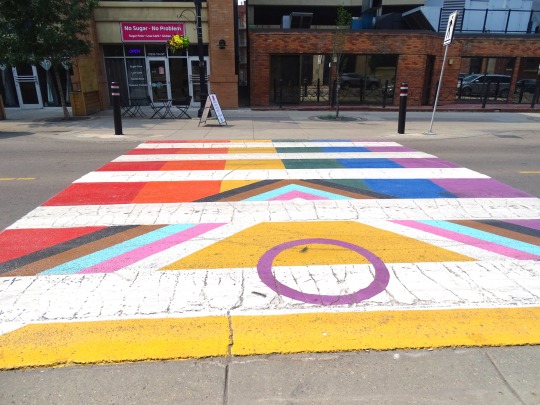
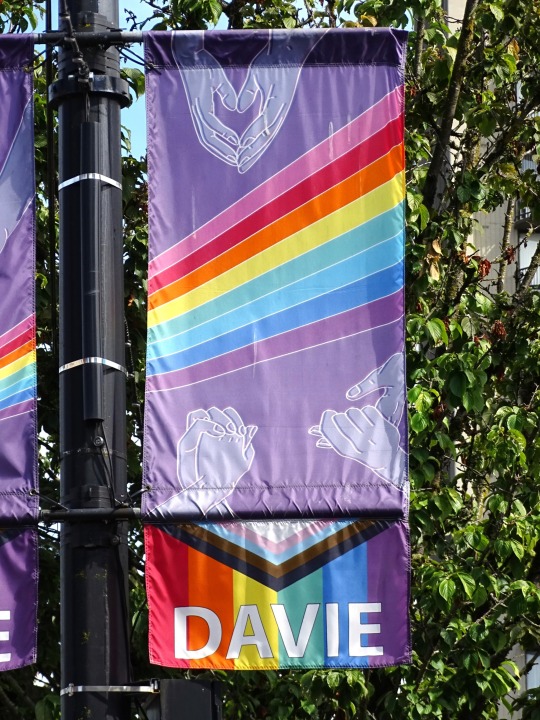
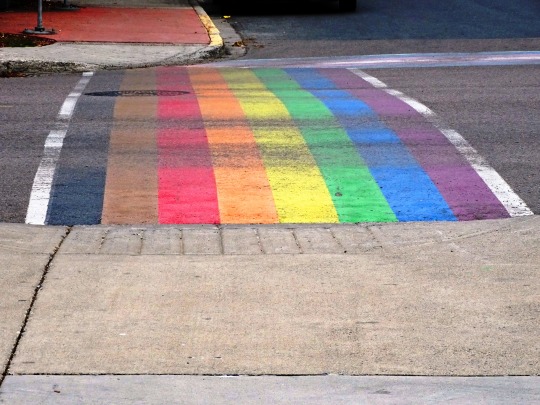
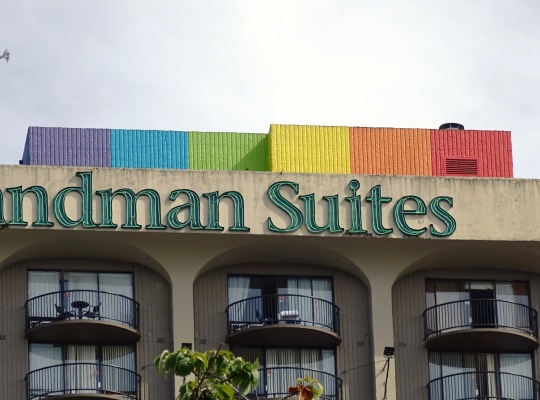
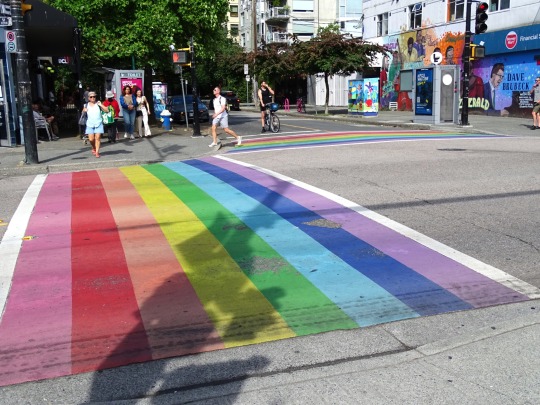
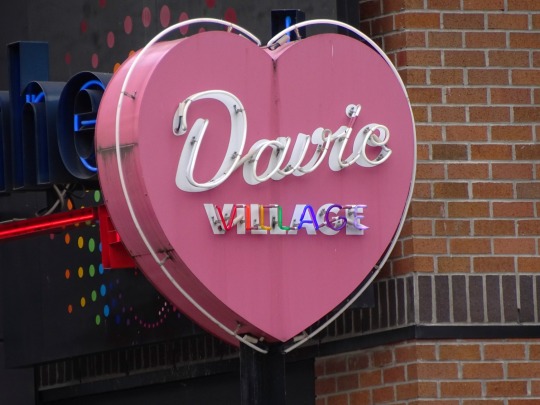
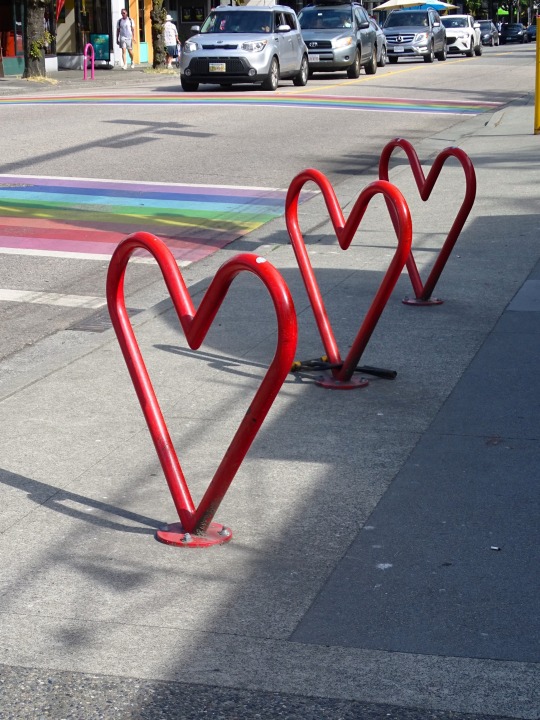


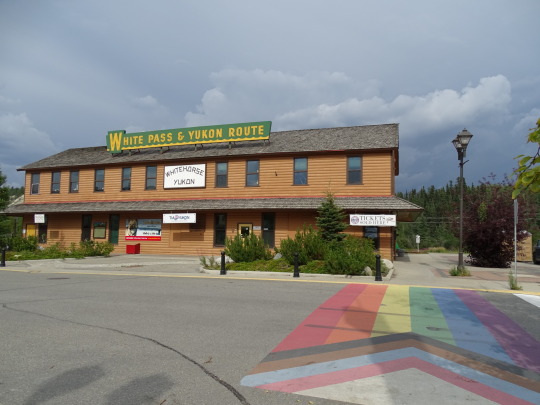

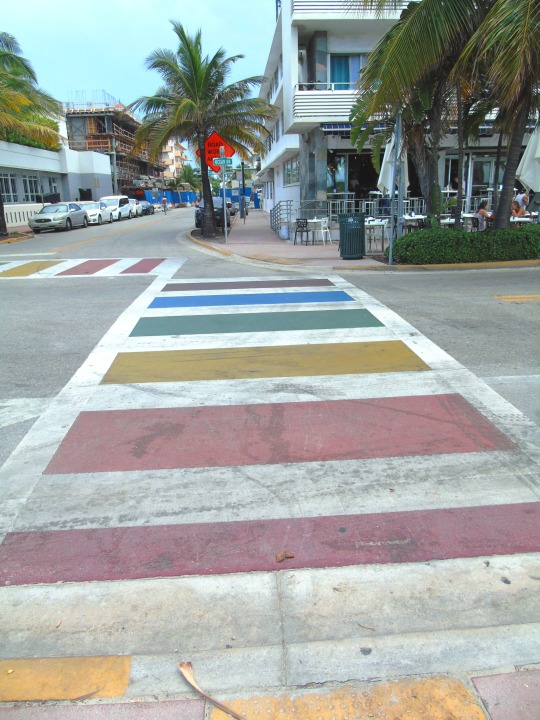
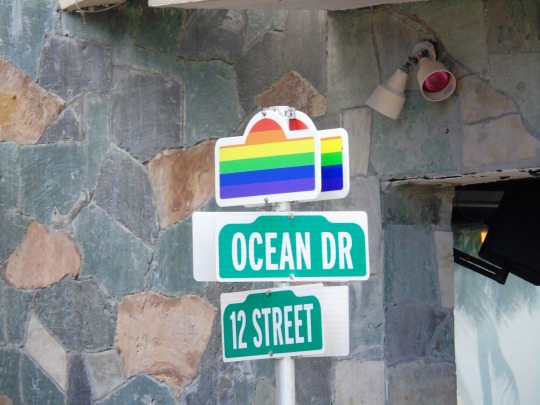
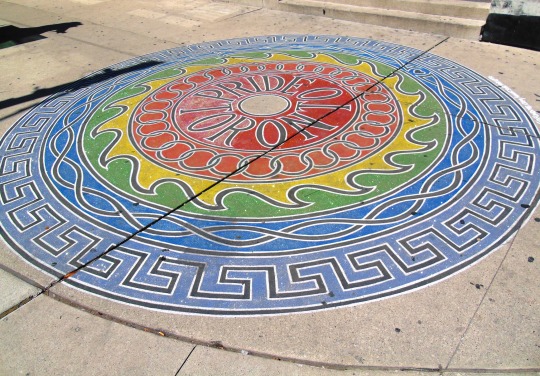
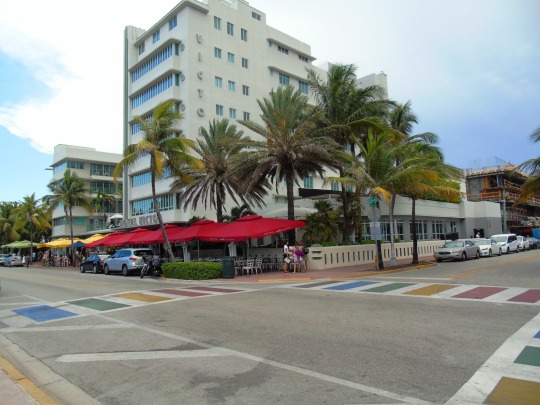
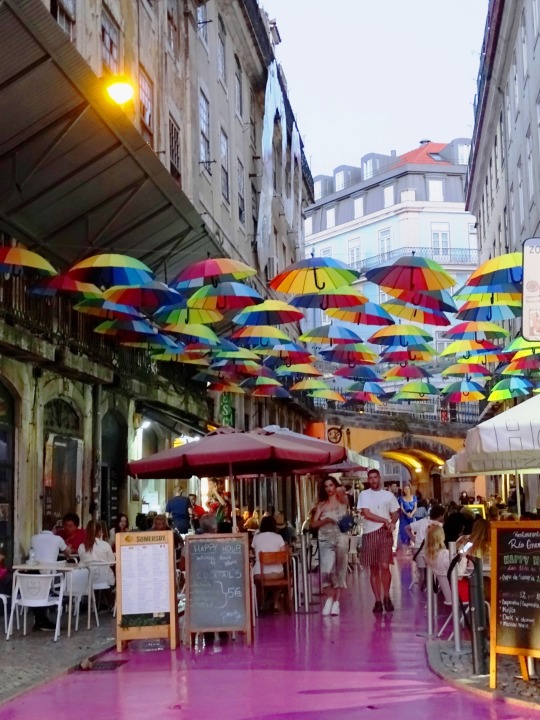
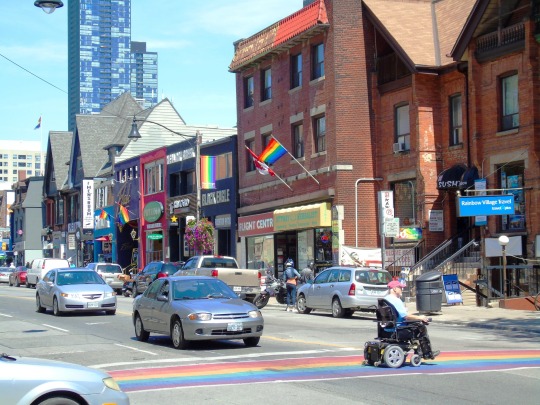
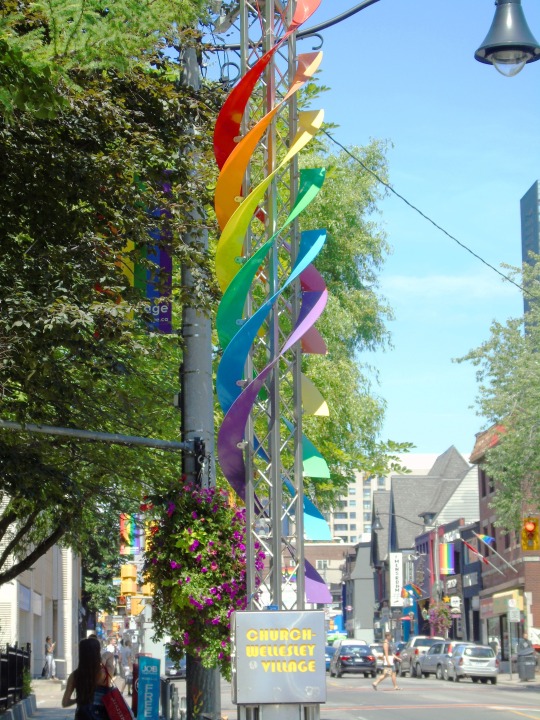
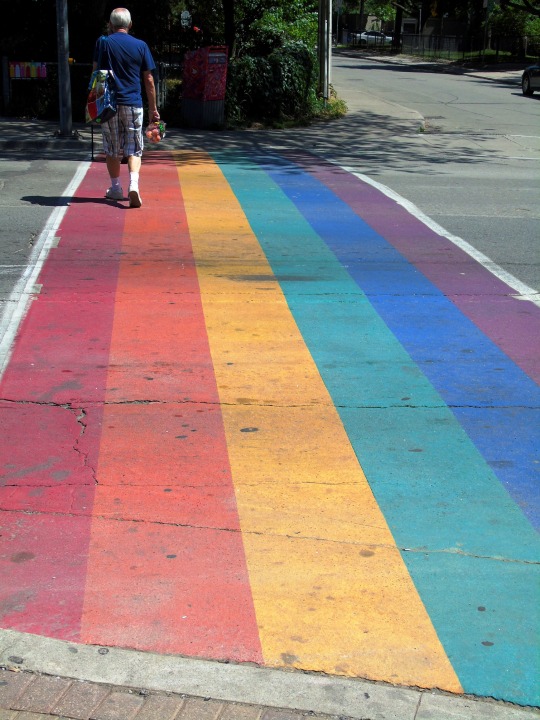
National Coming Out Day
For time out of mind members of the LGBTQ community have had to hide in fear for their livelihood and their lives. A constant fear of being rejected by friends and loved ones, as well as the community of which they are a part, has led to many of them remaining in the proverbial closet.
This means living a half-life at best, and hiding who you are from those who should be nearest and dearest to you. Coming Out Day challenges this ancient standard, and encourages LGBTQ people everywhere to stand proud and claim who they are, and thus reclaim their lives and sense of pride.
Learn about Coming Out Day
Coming Out Day is not just a day that has been designed to help people feel comfortable about coming out about their sexuality. It is also a day that is designed to applaud people for their bravery, as well as help create awareness of the struggles and difficulties those in the LGBTQ community experience.
Even if you are heterosexual, you can use this day as an opportunity to let people in the LGBTQ community know that you support them and that you are proud of them. It is a day of unity and respect.
History of Coming Out Day
It all started at… well… let’s be honest it all started pretty much at the dawn of time. Throughout the world people and cultures everywhere have had LGBTQ people in their midst, and in many of them they were openly accepted and embraced as natural, or even sacred people in their cultures. In the last couple hundred years the majority of the world’s leading cultures began to villainize them, growing worse with every passing year.
But in the last few decades all that has begun to change, courageous members of the LGBTQ community fought and worked to help gain their rightful place in the world, accepted as just another person rather than some kind of monster or dangerous pervert. Really, the battle they fight is for something much simpler, the ability to have a safe and normal life enjoying the same liberty as their more socially accepted neighbors.
Coming Out Day was created by Rob Eichberg and Jean O’Leary as a result of the 500,000 person March on Washington DC for Lesbian and Gay Rights. The experience was enough to vitalize them and lead them to establish this holiday, which encourages all LGBTQ people and their allies to stand proud of who they are and to fight for a more equal tomorrow.
Every year there is a different theme, and so we definitely recommend taking a look at the theme for the current year when it is released. Some of the different themes that there have been include Talk About It, It’s a Family Affair, and Coming Out Still Matters. There are also a lot of events that go on throughout the world. You should be able to find out about the events that are taking place in your local area should you wish to join in with any of them.
How to celebrate Coming Out Day
Throughout the world, there are celebrations being held of LGBTQ people everywhere coming out of the closet and loudly and proudly proclaiming who they are and standing side by side with their allies for a more equal and accepting tomorrow. You can get involved by joining them or by volunteering with local groups and organizations working to raise awareness and support the challenges faced by LGBTQ people in a world still struggling to accept them.
If you have been worried about coming out to your parents or loved ones for quite some time, Coming Out Day could give you the push you need to do so. It gives you a good lead into the conversation. You can explain a bit about the day, and use this to help you tell people about your sexuality. You can also use Coming Out Day to provide support to someone who needs it. If you know that someone is going to be using this day to have a difficult chat about their sexuality with someone, then make sure you offer them words of support and that you are there to support them.
A lot of people in the LGBTQ community who have already come out use this day to share their stories with people. If you feel comfortable, you can take to social media and share the story of how you came out about your sexuality. This can help people to feel like they are not alone and it can give people the support they need on a day like this. It can help to hear about the experiences other people have gone through when you are facing the same sort of situation yourself.
You can also use this date to raise awareness about the struggles that people in the LGBTQ community face. Whether it is bullying and discrimination or difficulties in the workplace or problems with their inner confidence, there are many things that LGBTQ members go through. A lot of people are not aware of these issues, and so you can use Coming Out Day to try and change this. There are going to be a lot of infographics, videos, and other pieces of inspiring and insightful content available, so make the most of this and share it with your followers.
Source
#Edmonton#Yellowknife#Davie Village#Vancouver#British Columbia#Whitehorse#Yukon#summer 2023#National Coming Out Day#NationalComingOutDay#11 October#LGBT#Miami Beach#pedestrian crossing#Ocean Drive#Florida#summer 2016#Toronto#2015#USA#Canada#Ontario#travel#original photography#cityscape#architecture#streetscene#Church-Wellesley Village#rainbow flag#Toronto Pride Mural
1 note
·
View note
Text
youtube
Trans March in Toronto Pride Street Festival Walk | 2024
Toronto’s Pride Festival has started for the year 2024, and millions are expected to join the city's events. While it's a celebration of everything 2SLGBTQ+, organizers remind us that Pride is ultimately a protest.
In this vlog, I will take you on a walking tour and show you the vibes of Trans March where thousands of people gathered to show their support and love for the trans community. See the unique blend of nature and urban life that makes Toronto special.
Whether you're a local or just curious about life in Toronto, this walk will give you a fresh perspective on the city in springtime.
Don't forget to LIKE and SUBSCRIBE for more walking tours and travel adventures. Let me know in the comments what your favorite part of the walk was or where you'd like me to go next! Thanks for watching! 🌷🌆🚶♂️
#uglyandtraveling#travel around the world#travel channel#travel vlog#travel blogger#travel backpack#travel#traveling vlog#ugly & traveling#ugly and traveling#Ugly And Traveling#toronto#pakistani in toronto#pakistani in canada#indian in canada#canada urdu vlog#church street toronto#the village toronto#toronto pride#toronto pride parade 2024#toronto pride 2024#toronto lgbtq parade#toronto pride month#toronto walking tour#toronto walking tour 4k#pride month 2024#Toronto wellesley#toronto vlog#pashto vlog#canada vlog
0 notes
Photo

Bruce McArthur: The shopping mall Santa Claus who murdered eight men
It was January 2018 in Toronto, Canada, when residents of Mallory Crescent peered outside to see an influx of police activity in their middle-class neighbourhood. Between the years of 2010 and 2017, a total of eight men vanished from Church and Wellesley, Toronto’s LGBTQ-oriented district that is also known as the Gay Village. However, the nation was blissfully unaware that they had found themselves victims to a prolific serial killer that had gone undetected for almost a decade.
Bruce McArthur was born in Lindsay, Ontario on 8th October 1951.He later settled down with his wife, Janice, and had two children. Unbeknownst to McArthur’s family, he had begun having affairs with men in the 1990s. In the mid to late 1990s, McArthur came out, and by 1997, he and Janice had separated. He moved to Toronto because there was a much more prevalent gay scene. Here, McArthur became a familiar face in the Gay Village, where he met Skandaraj Navaratnam, originally from Sri Lanka, and the duo embarked on a romantic relationship.
In 2001, McArthur pleaded guilty to attacking a man with a metal pipe. After the guilty plea, he saw Dr. Marie-France Dionne, a psychologist, who prepared a report for his sentencing on charges of assault with a deadly weapon and assault causing bodily harm. She noted he was embarrassed by his arrest, and that he had no recollection of it. He was also ordered to not be in the presence of male sex workers and to not visit a specific section of downtown Toronto that included the Gay Village. That did not deter McArthur, and he took to setting up profiles on online dating apps.
During the holiday season, he moonlighted as a Santa Claus for local malls. With his white hair, beard, and outwardly jolly demeanour, he looked the perfect part, but behind that façade of normalcy, McArthur was concealing a deep and dark secret.
In 2010, Skandaraj inexplicably vanished, but it was not until two years later that ‘Project Houston’ was set up to investigate his disappearance, alongside the disappearances of Majeed Kayhan and Abdulbasir Faizi. All three men were frequent visitors of the Gay Village, and all had disappeared between 2010 and 2012. Skandaraj was last seen in the early morning hours of 6th September 2010, when he was spotted leaving a gay bar with an unknown man.
The following year, an anonymous tip came to investigators about McArthur’s relationship with Skandaraj. This same tipster suggested that McArthur had also known Majeed. McArthur was questioned, and while he admitted he knew both men from the local gay scene, he denied that he was ever in a romantic relationship with Skandaraj. However, he did acknowledge that Majeed had once worked for him in his landscaping business and that they had once had a sexual encounter. He claimed to know nothing about either disappearance and after an 18-month investigation, Project Houston was closed due to a lack of evidence that anything criminal had taken place.
Then on 26th June 2017, Andrew Kinsman disappeared. He was observed on surveillance cameras climbing into a red van and this surveillance was handed over to investigators. They were able to identify that the red van was a 2004 Dodge Caravan. A town hall meeting was held to discuss the disappearance of Andrew as well as another gay man, Selim Esen. The meeting brought in an influx of media attention to the disappearances and curiously, just two weeks later, McArthur purchased a new vehicle. As investigators would soon enough learn, he was the owner of a red 2004 Dodge Caravan.
Another task force was set up to investigate these two disappearances, Project Prism. Investigators began looking into Andrew’s background, and they discovered that on his calendar, he had an engagement with ‘Bruce’ scheduled. Investigators now knew the brand of the car involved and a potential suspect’s name. They just needed to somehow connect the two.
Investigators sought from the provincial Ministry of Transportation a list of 2003 – 2006 Dodge Caravans registered in Toronto. There were 6,181, but only five were linked to the name Bruce. They quickly discovered that Bruce McArthur was the only one who owned the 2004 model. One of the investigators who worked on Project Houston recognized the name immediately.
Investigators embarked on McArthur’s apartment, where they obtained surveillance footage of him driving the red 2004 Dodge Caravan. They were able to trace the license plate and track it down to a wrecking yard where they seized it. A forensic examination was conducted of the vehicle, and it revealed traces of Andrew and Selim’s DNA. In December, investigators acquired a search warrant for McArthur’s apartment where they found graphic photographs of several men, all of whom were deceased and posed.
The investigators had searched the apartment covertly, and after the grim findings, they placed McArthur on surveillance. On 18th January 2019, they were watching over his apartment when McArthur appeared with a man. He unlocked the front door and welcomed the man inside. Investigators feared that this man could be an intended victim; they broke down the door, arrested McArthur and found the terrified man, nude and tied to the bed.
With McArthur behind bars, the investigation would finally uncover the truth about him, that he was a predatory serial killer that had been killing men since 2010. He had been using his landscaping business to conceal human remains. In total, eight bodies were found buried in various locations that were connected to McArthur, including the bodies of Skandaraj, Majeed, Abdulbasir, Andrew and Selim.
Many of the remains were found hidden inside large plastic planters at a home on Mallory Crescent. The homeowner had allowed McArthur to keep items on their property in exchange for lawn care. He was completely unaware that McArthur was using it as a dumping ground for his victims.
Many of McArthur’s victims were immigrants of Middle Eastern or South Asian descent. While they were all members of the LGBTQ+ community in Toronto, some of them were not openly gay and lived that aspect of their lives in private. Ontario Superior Court of Justice John McMahon commented on this, stating: ‘There is evidence Mr. McArthur sought out and exploited these vulnerabilities to continue his crimes undetected.’
Bruce McArthur pleaded guilty to all eight murders. He was sentenced to life in prison without the possibility of parole for 25 years.
21 notes
·
View notes
Photo










💀🌈👽Halloween on Church (October 31st, 2017)👻🎃👿
#Halloween#Halloween 2017#Halloween on Church#Halloween on Church 2017#What a blast we had!#I'm always impressed with how much time and work and money people put in their costumes#some are downright gorgeous#and forever impressed with those who can show that much skin when it's so cold#I mean I was low-key last night#fangs and a mask#Lesbian Vampire#Bang!#Katie was worse though she only had the fangs I supplied because I took a couple with me#these things are uncomfortable#you can't have a conversation or kiss with them on#a bit unsexy with all the saliva that goes into the nooks and crannies#but we were cold so when we got back to Katie's place we found a sexy way to warm up ;)))#Church Street#Church-Wellesley#Church-Wellesley Village#Toronto#Ontario#Canada#Taking Toronto#Full-on Queer Style#Canada Chronicles
8 notes
·
View notes
Text
Removal of Church Street’s Alexander Wood statue in near secrecy welcome but complicated
The one-time businessman and magistrate was revealed as a founding member of an organization affiliated with residential schools.
22 notes
·
View notes
Note
Where in Toronto is transphobic?
for neighbourhoods, the beaches can be pretty transphobic (source is my own experience). beyond that it's really specific bars/clubs/shops and I don't think I could list them.
I can tell you that the safer places I know of are the church and wellesley village, spadina south of the subway station, and leslieville.
8 notes
·
View notes